|
[1]
|
Hirth JP, Lothe J (1982) Theory of Dislocations, New York: John Wiley & Sons.
|
|
[2]
|
Morkoc H (2008) Handbook of Nitride Semiconductors and Devices, Berlin: Wiley-VCH.
|
|
[3]
|
Telling RH, Heggie MI (2003) Stacking fault and dislocation glide on basal plane of graphite. Phil Mag Lett 83: 411–421.
|
|
[4]
|
Jagannadham K, Marcinkowski MJ (1978) Comparison of the image and surface dislocation models. Phys Status Solidi A 50: 293–302. doi: 10.1002/pssa.2210500135

|
|
[5]
|
Cheng X, Shen Y, Zhang L, et al. (2012) Surface effect on the screw dislocation mobility over the Peierls barrier. Phil Mag Lett 92: 270–277. doi: 10.1080/09500839.2012.669053

|
|
[6]
|
Gars B, Markenscoff X (2012) The Peierls stress for coupled dislocation partials near a free surface. Philos Mag 92: 1390–1421. doi: 10.1080/14786435.2011.645900

|
|
[7]
|
Lee CL, Li S (2007) A half-space Peierls–Nabarro model and the mobility of screw dislocations in a thin film. Acta Mater 55: 2149–2157. doi: 10.1016/j.actamat.2006.11.015

|
|
[8]
|
Liu L, Meng Z, Xu G, et al. (2017) Surface effects on the properties of screw dislocation in nanofilms. Adv Mater Sci Eng 2017.
|
|
[9]
|
Eshelby JD, Read WT, Shockley W (1953) Anisotropic elasticity with applications to dislocations theory. Acta Metall 1: 251–259. doi: 10.1016/0001-6160(53)90099-6

|
|
[10]
|
Spence GB (1962) Theory of extended dislocations in symmetry directions in anisotropic infinite crystals and thin plates. J Appl Phys 33: 729–733. doi: 10.1063/1.1702496

|
|
[11]
|
Chou YT (1962) Interaction of parallel dislocations in a hexagonal crystal. J Appl Phys 33: 2747–2751. doi: 10.1063/1.1702541

|
|
[12]
|
Chou YT (1963) Characteristics of dislocation stress fields due to elastic anisotropy. J Appl Phys 34: 429–433. doi: 10.1063/1.1702625

|
|
[13]
|
Holec D (2008) Multi-Scale Modeling of III-Nitrides: from Dislocations to the Electronic Structure [PhD thesis]. University of Cambridge.
|
|
[14]
|
Chu HJ, Pan E, Wang J, et al. (2011) Three-dimensional elastic displacements induced by a dislocation of polygonal shape in anisotropic elastic crystals. Int J Solids Struct 48: 1164–1170. doi: 10.1016/j.ijsolstr.2010.12.015

|
|
[15]
|
Chu HJ, Wang J, Beyerlein IJ, et al. (2013) Dislocation models of interfacial shearing induced by an approaching glide dislocation. Int J Plasticity 41: 1–13. doi: 10.1016/j.ijplas.2012.08.005

|
|
[16]
|
Barnett DM, Lothe J (1974) An image force theorem for dislocations in anisotropic bicrystals. J Phys F Metal Phys 4: 1618–1635. doi: 10.1088/0305-4608/4/10/010

|
|
[17]
|
Wang J, Hoagland RG, Hirth JP, et al. (2008) Atomistic modeling of the interaction of glide dislocations with "weak" interfaces. Acta Mater 56: 5685–5693. doi: 10.1016/j.actamat.2008.07.041

|
|
[18]
|
Wang L, Liu Z, Zhuang Z (2016) Developing micro-scale crystal plasticity model based on phase field theory for modeling dislocations in heteroepitaxial structures. Int J Plasticity 81: 267–283.
|
|
[19]
|
Chou YT (1966) On dislocation–boundary interaction in an anisotropic aggregate. Phys Status Solidi B 15: 123–127. doi: 10.1002/pssb.19660150110

|
|
[20]
|
Chu H, Pan E (2014) Elastic fields due to dislocation arrays in anisotropic biomaterials. Int J Solids Struct 51: 1954–1961. doi: 10.1016/j.ijsolstr.2014.02.001

|
|
[21]
|
Shahsavari R, Chen L (2015) Screw dislocations in complex, low symmetry oxides: Core structures, energetics, and impact on crystal growth. ACS Appl Mater Interfaces 7: 2223–2234. doi: 10.1021/am5091808

|
|
[22]
|
Ruterana P, Albrecht M, Neugebauer J (2003) Nitride Semiconductors: Handbook on Materials and Devices, Weinheim: Wiley-VCH Verlag GmbH & Co. KGaA.
|
|
[23]
|
Munro RG (2000) Material properties of titanium diboride. J Res Natl Inst Stan 105: 709–720.
|
|
[24]
|
Cheng TS, Davies A, Summerfield A, et al. (2016) High temperature MBE of graphene on sapphire and hexagonal boron nitride flakes on sapphire. J Vac Sci Technol B 34: 02L101.
|
|
[25]
|
Chung DH, Buessem WR (1968) The Elastic Anisotropy of Crystals, In: Vahldiek FW, Mersol SA, Anisotropy in Single-Crystal Refractory Compounds, New York: Plenum, 217–245.
|
|
[26]
|
Lethbridge ZAD, Walton RI, Marmier ASH, et al. (2010) Elastic anisotropy and extreme Poisson's ratios in single crystals. Acta Mater 58: 6444–6451.
|
|
[27]
|
Kube CM (2016) Elastic anisotropy of crystals. AIP Adv 6: 095209. doi: 10.1063/1.4962996

|
|
[28]
|
Specht P, Harutyunyan VS, Ho J, et al. (2004) Anisotropy of the elastic properties of wurtzite InN epitaxial films. Defect Diff Forum 226–228: 79–90.
|
|
[29]
|
Vurgaftman I, Meyer JR (2003) Band parameters for nitrogen-containing semiconductors. J Appl Phys 94: 3675–3696. doi: 10.1063/1.1600519

|
|
[30]
|
Wang HY, Xue FY, Zhao NH, et al. (2011) First-principles calculation of elastic properties of TiB2 and ZrB2. Adv Mater Res 150–151: 40–43.
|
|
[31]
|
Polian A, Grimsditch M, Grzegory I (1996) Elastic constants of gallium nitride. J Appl Phys 79: 3343–3344. doi: 10.1063/1.361236

|
|
[32]
|
Spoor PS, Maynard JD, Pan MJ, et al. (1997) Elastic constants and crystal anisotropy of titanium diboride. Appl Phys Lett 70: 1959–1961. doi: 10.1063/1.118791

|
|
[33]
|
Peselnick L, Meister R (1965) Variational method of determining effective moduli of polycrystals: (A) hexagonal symmetry, (B) trigonal symmetry. J Appl Phys 36: 2879–2884. doi: 10.1063/1.1714598

|
|
[34]
|
Watt JP, Peselnick L (1980) Clarification of the Hashin-Shtrikman bounds on the effective elastic moduli of polycrystals with hexagonal, trigonal, and tetragonal symmetries. J Appl Phys 51: 1525–1531. doi: 10.1063/1.327804

|
|
[35]
|
Simmons G, Wang H (1971) Single crystal elastic constants and calculated aggregate properties: a Handbook, Cambridge, Massachusetts: The MIT Press.
|
|
[36]
|
Cousins CSG, Heggie MI (2003) Elasticity of carbon allotropes. III. Hexagonal graphite: Review of data, previous calculations, and a fit to a modified anharmonic Keating model. Phys Rev B 67: 024109.
|











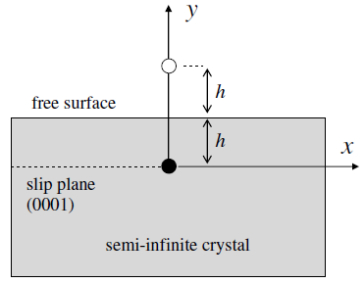
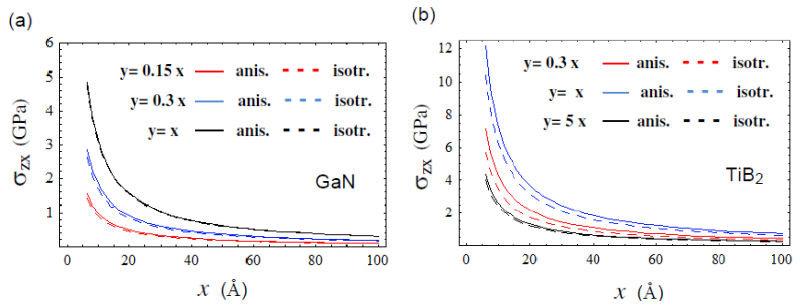
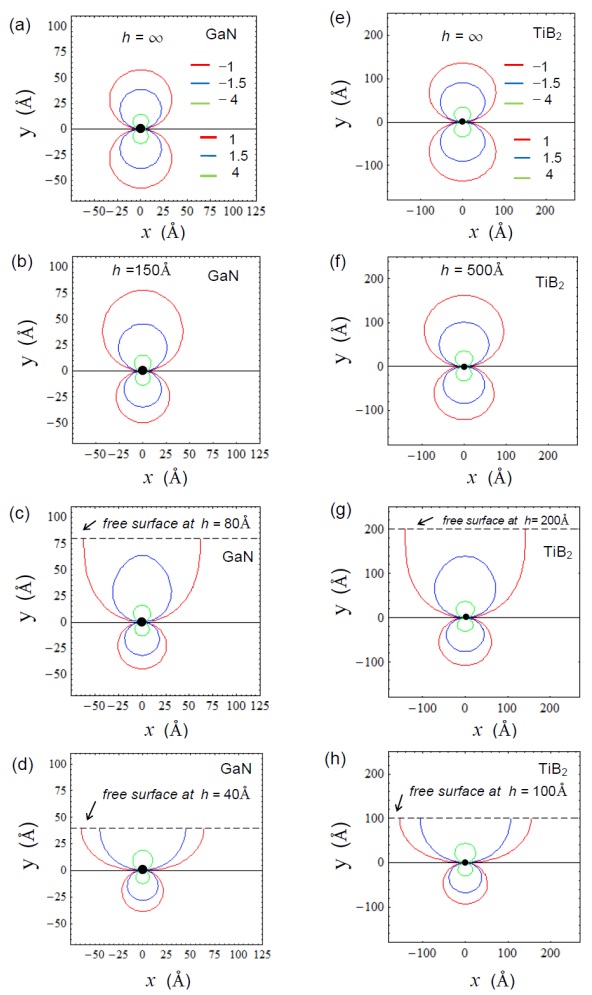
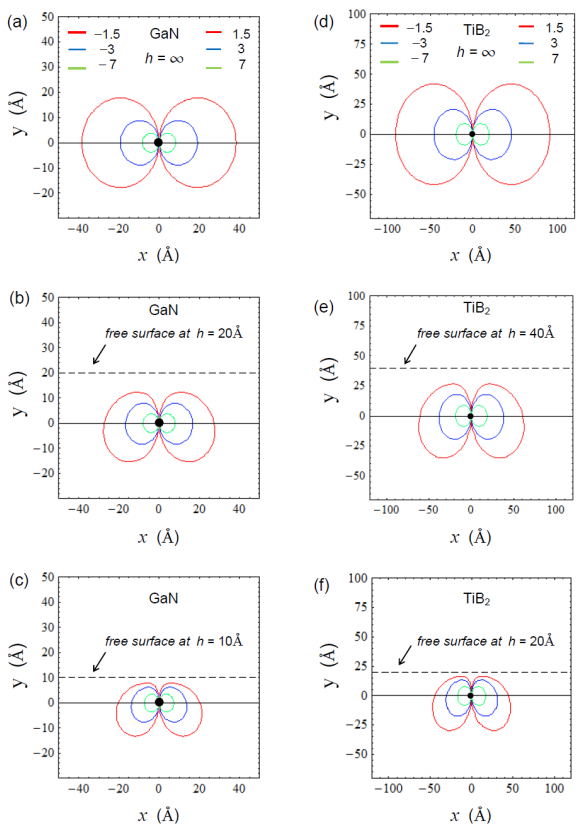

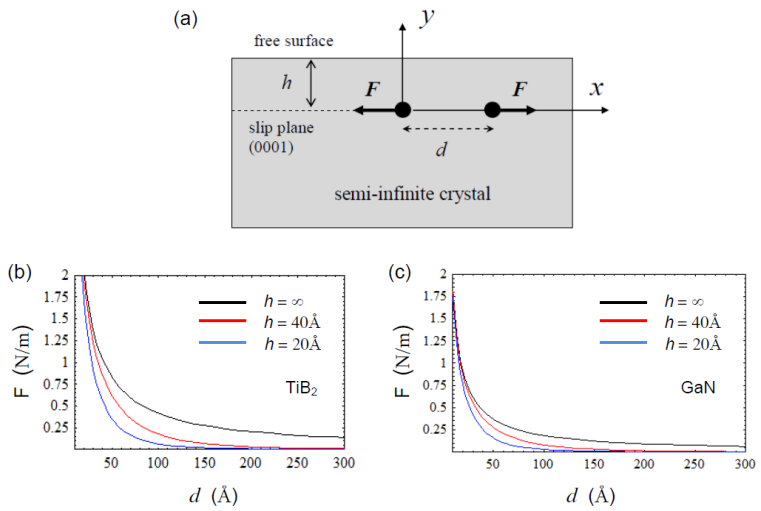
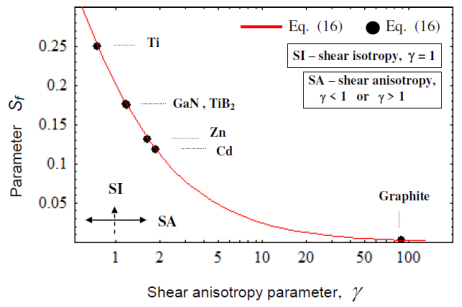


 DownLoad:
DownLoad: